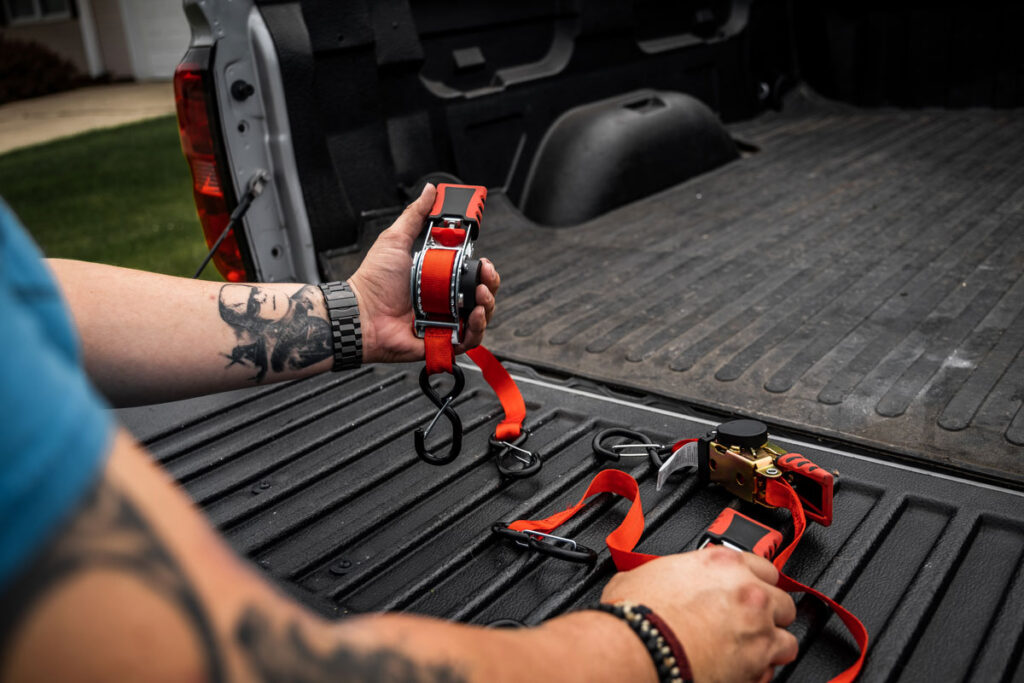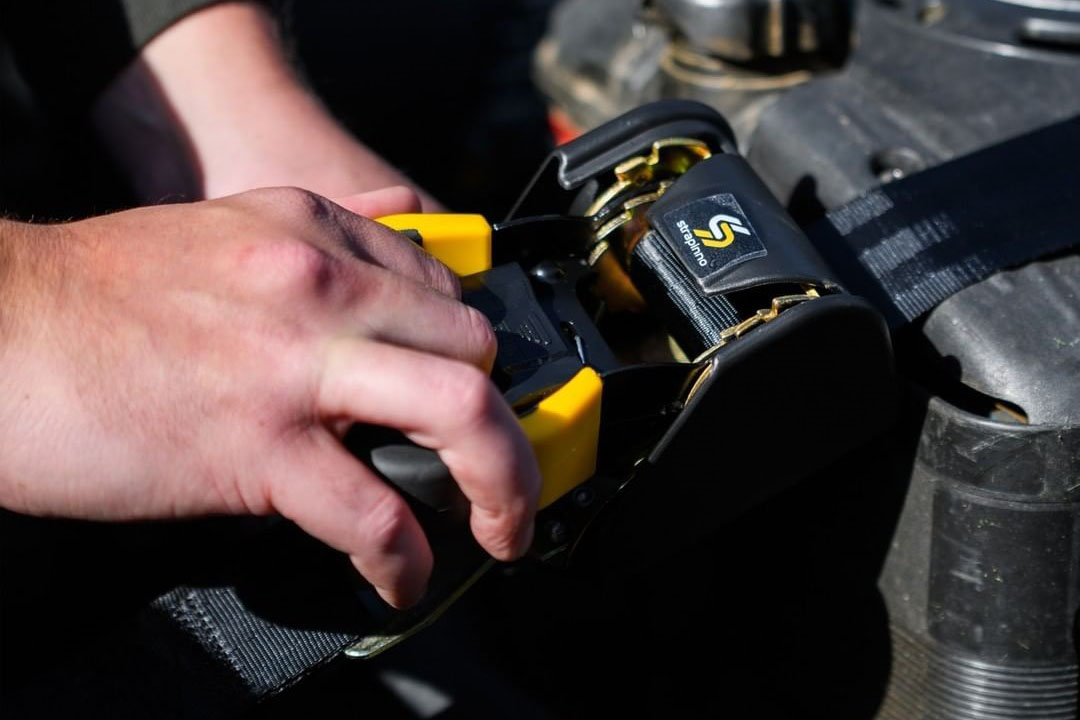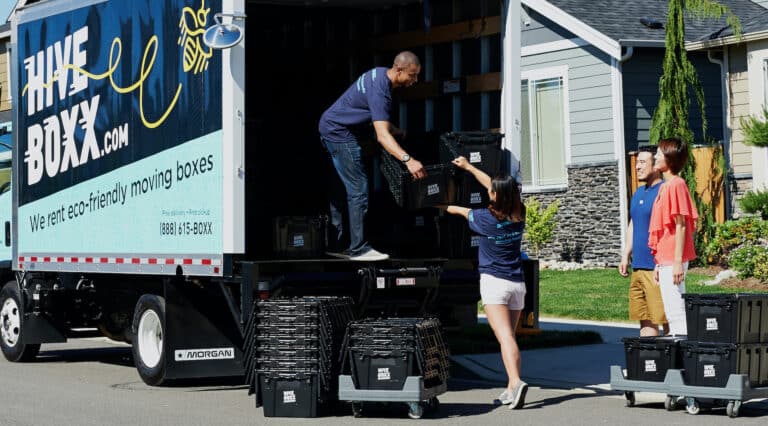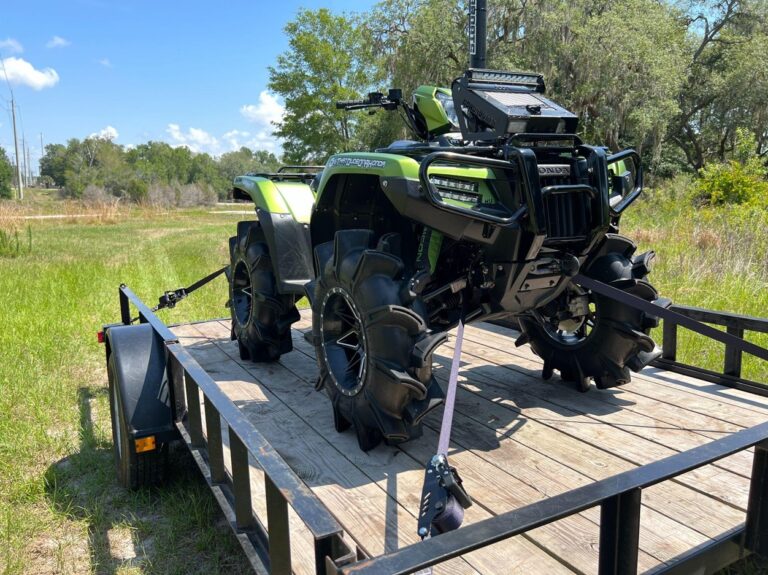5 Common Mistakes to Avoid with Retractable Ratchet Straps
Take a leap towards safety and avoid these common errors when using retractable tie-down straps.

In cargo safety, one tool that frequently takes the spotlight is the retractable ratchet straps. These innovative tools represent a leap from traditional straps, offering ease of use and heightened security. Made with a durable polyester strap and a ratcheting mechanism, they provide a reliable and adjustable grip, simplifying cargo securing.
This year grants us an extra day due to 2024 being a leap year, and it’s the perfect opportunity to explore the nuances of using these cargo-securing tools efficiently. Let’s dedicate this extra day to ensuring an added day of vigilance for safety.
Here are five common mistakes to avoid when using retractable tie-down straps:
#1 The Myth of Over-Tightening
Tighter isn’t always safer. A common misconception revolves around the belief that over-tightening the retractable tie-downs ensures superior load security. However, reality dictates that this approach can lead to structural damage in both the cargo and the straps. The lesson here is about balance. The proper tension guarantees security without risking damage. Remember, it’s about precision, not excessive force.
#2 Ignoring Wear and Tear
As we embrace the safety-conscious mindset of a leap year, paying attention to wear and tear is crucial. Time, elements, and regular use can erode the integrity of retractable straps. Take that extra step to inspect your straps regularly, looking for frays, cuts, or weakened sections. It’s not just a strap; it’s a lifeline for your cargo.
#3 Using Incorrect Anchor Points
It’s easy to overlook the significance of anchor points when securing cargo. Precision matters, and the right anchor points are non-negotiable. A common mistake is using weak or unstable anchor points, leading to potential disasters on the road. Securing your cargo by choosing solid anchor points – it’s the foundation of safe transportation.
#4 Neglecting Weather Conditions
Our cargo doesn’t hibernate when the weather goes to extremes, and neither should our safety measures. Ignoring weather conditions is a prevalent mistake. Rain, snow, or scorching heat can impact the integrity of retractable straps. Be weather-wise; choose straps with weather-resistant features, and consider additional precautions based on the forecast.
#5 Neglecting Webbing Maintenance
Another crucial aspect often overlooked is the cleanliness and maintenance of the webbing. Make sure to clean the webbing after use, especially after long journeys, to avoid unexpected safety issues. After pulling out the strap, rinse it with clean water, dry it in the shade, and then retract it. If there is mud, make sure to rinse it all off before retracting the strap and putting it in the shade. Avoid direct sunlight, as it can impact the webbing’s integrity. In safety, cleanliness is indeed next to security.
The Key Takeaways
Using retractable ratchet straps demands a commitment to error-free usage when it comes to cargo safety. As we savor the gift of an extra day this 2024, let’s dedicate it to the nuances of securing cargo efficiently.
Steering clear of the common mistakes discussed – from the myth of over-tightening to neglecting weather conditions – is pivotal for ensuring load security and the longevity of both cargo and straps. Precision, vigilance, and proper maintenance form the pillars of a safer and smoother journey in the logistics and transportation domain.
So, take that leap towards safety, leaving behind these pitfalls, and make every day on the road an extra day of vigilance and assurance. Safe travels!
—
Ready to upgrade your cargo-securing game? Head over to Strapinno.com now and equip yourself with top-notch retractable ratchet straps, soft loop straps, and other innovative tools!







